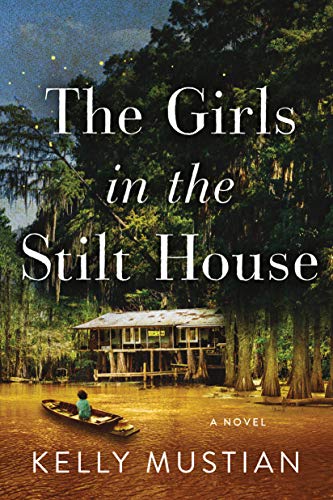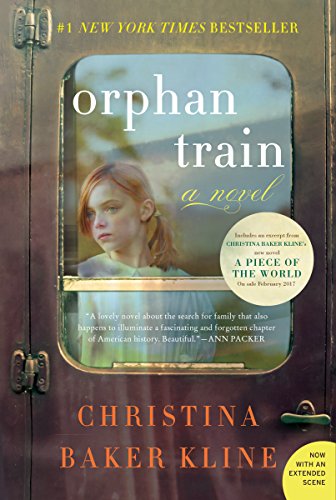
Orphan Train, a warm, compassionate novel by Christina Baker Kline, hooked me from the start. The story is at times horrifying and shocking, but also reveals courage and resourcefulness.
The tale begins with Molly, 17, in Spruce Harbor, Maine, 2011. Molly has been in foster care for years. She isn’t really an orphan, but her father died and her mother was unable to care for her. She’s a bright girl, but with an attitude. Her foster mother isn’t tolerant of her Gothic style, nor her vegetarian tastes.
Orphan Train toggles between Molly and Vivian, whose story begins in New York, 1929. Vivian immigrated from Ireland to New York with her family. When the rest of her family dies in a tenement fire, she is suddenly an orphan and placed in the care of the Children’s Aid Society. Vivian, 9, along with many other orphans, is put on a west-bound train to be placed with families. At appointed train stations, the children are paraded out on a platform and inspected by possible future foster families, not all of whom have good intentions. Some are looking for strong boys for farm labor; some for girls to assist with child care and household chores. A few are looking for a son or daughter to be cared for and loved. Vivian’s situation goes from dire to dangerous as she’s shuttled from one home to another.
Back to 2011, Molly’s circumstances worsen when she steals her favorite book, Jane Eyre, from the library. To her credit, she steals the shabbiest copy, leaving two in better shape. Nevertheless, the incident is reported and she must serve time in community service hours. Arrangements are made for her to help an old woman clean out her attic.
Vivian, now 91, and Molly work together in Vivian’s attic and in the process get to know one another. They find similarities in their lives and their relationship grows.
I enjoyed Orphan Train and found the characters and situations realistic. From other research, I find the practice of children placed on orphan trains historically correct. Vivian’s situation was probably similar to many children, ranging from horror to love and security. Likewise, I think Molly’s story is typical of today’s foster care system. The author does a good job of weaving the two situations. The story kept my attention as it followed the lives of two girls with similar experiences but in different time periods. I recommend this book for its historical value, and also for its compassion and hope for second chances.


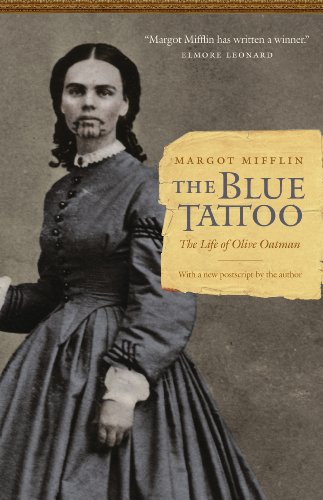
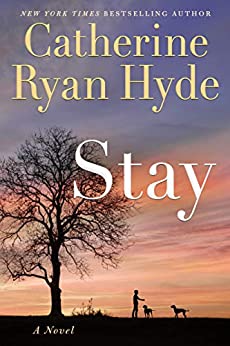


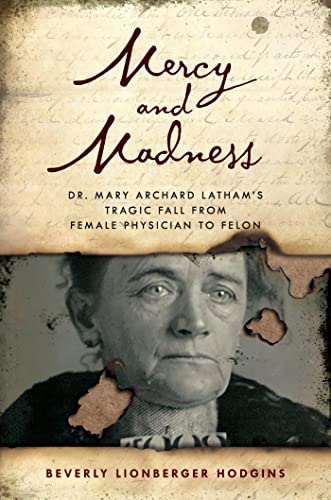
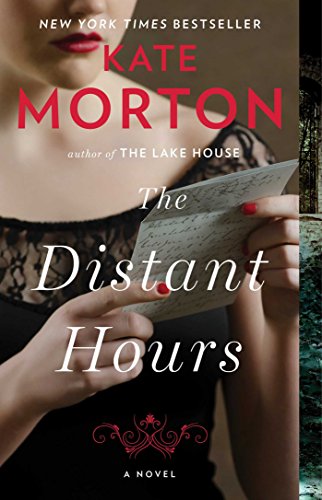
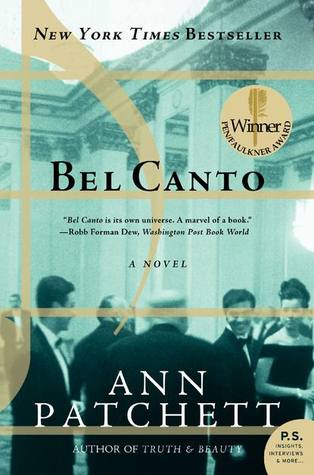
![A Tree Grows in Brooklyn (Perennial Classics) by [Betty Smith]](https://m.media-amazon.com/images/I/41sjhPcpjyL.jpg)
